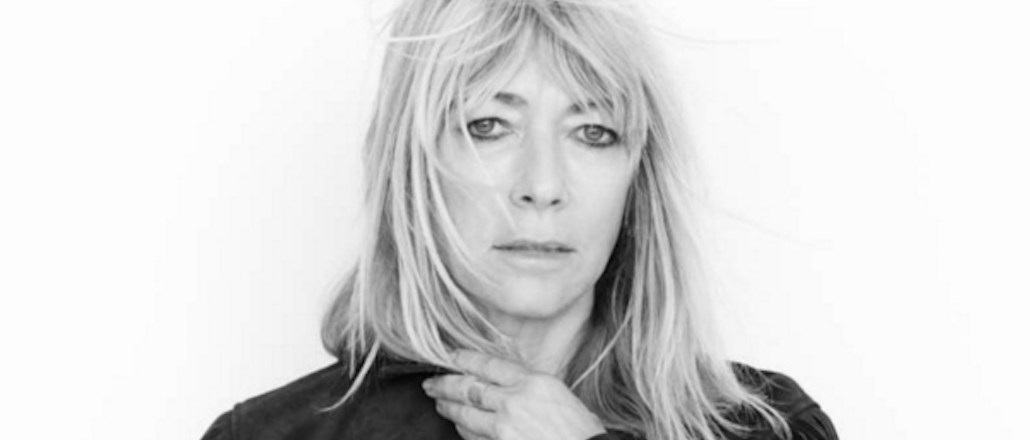Register by Jan 13 to save on passes and connect with marketers from Uber, Bose and more
Cool J. Crew brand Madewell is releasing its next designer collection early for social followers

Madewell, J.Crew’s cooler, younger sibling brand, is kicking off New York Fashion Week on Feb. 10 with the release of a new product collaboration with NYC designer Daryl K. However, if you wait until the date it drops to shop the 18-piece capsule collection, you might be out of luck.
Madewell will be offering exclusive access to its top customers and social media followers on Feb. 8, before the official launch. This group will get a two-day jump on the collection, receiving info from Madewell through email and the social hashtag #MadewellxDarylK. Madewell will begin to promote the collaboration in the next few days to its 483,000 Facebook, 66,000 Twitter and 600,000 Instagram followers, sending those interested to a landing page that collects email addresses to let them know when the pre-sale will be available to shop.
And it will also convert social followers to email subscribers. Email is a huge driver of sales in a way social media, for the most part, hasn’t yet proven.
“A lot of companies create special offers for their top customers, but it’s just as important to offer perks to our social followers,” said Madewell head of design Joyce Lee. “Those are our most loyal fans.”
“Brands want to know who their social followers are, and having their email addresses is a great way to connect the dots,” said Jason Stein, founder and CEO of social media agency Laundry Service. “So, this is a data play, a membership play, and a loyalty play, and it’s smart.”
Daryl K, the NYC-based designer partnering with Madewell on the collaboration, sells high end items like shearling jackets and leather leggings online and in a New York boutique that opened in 1991. The collection, modeled by Sonic Youth frontwoman Kim Gordon, introduces an edgier, more luxe touch to Madewell’s typically clean-cut and more affordable aesthetic. In return, Madewell gives Daryl K more exposure on social. Right now, the designer has a startlingly wimpy 70 followers on Twitter and 500 on Instagram.
In the past, Madewell’s outside collaborations have driven both buzz and sales for the retailer. Last summer, it released its second collection with French retailer Sézane, following up on the success of 2014’s first, which spawned the “La Superbe” sweatshirt that instantly sold out and became a cult favorite. Back in 2011, Madewell’s collaboration with It-girl Alexa Chung sold out instantly, and items resurfaced at high markups on eBay.
For Madewell, the retailer has been the J.Crew Group’s saving grace as sales slump at J.Crew: 2014 year-end financial results showed that Madewell’s comparable sales had increased by 14 percent, while J.Crew’s fell by 5 percent. The most recent third quarter earnings suggest Madewell’s growth is slowing, however, as comparable sales climbed 1 percent. It’s still outperforming J.Crew, as sales at the more mature retailer fell 9 percent.
As the end of J.Crew’s fiscal year creeps up, Madewell could do with a finishing punch as the collaboration comes closer to launch.
“For many brands, designer collaborations are a powerful way to pivot,” said Larry Vincent, chief branding officer at UTA Branding Studio. “It’s a classic case of transferring or ‘borrowing’ equity from one brand to fuel another. And when the social campaign is used to amplify the conversation, it proves very effective in driving traffic.”
More in Marketing

Inside the brand and agency scramble for first-party data in the AI era
Brands are moving faster to own first-party data as AI and privacy changes alter the digital advertising landscape.

Walmart Connect takes a play out of the Amazon playbook to make agentic AI the next battleground in retail media
The next retail media war is between Walmart Connect’s Sparky and Amazon’s Rufus, driven by agentic AI and first-party data.

What does media spend look like for 2026? It could be worse — and it might be
Forecasts for 2026 media spend range from 6.6% on the lower end to over 10% but the primary beneficiaries will be commerce, social and search.





